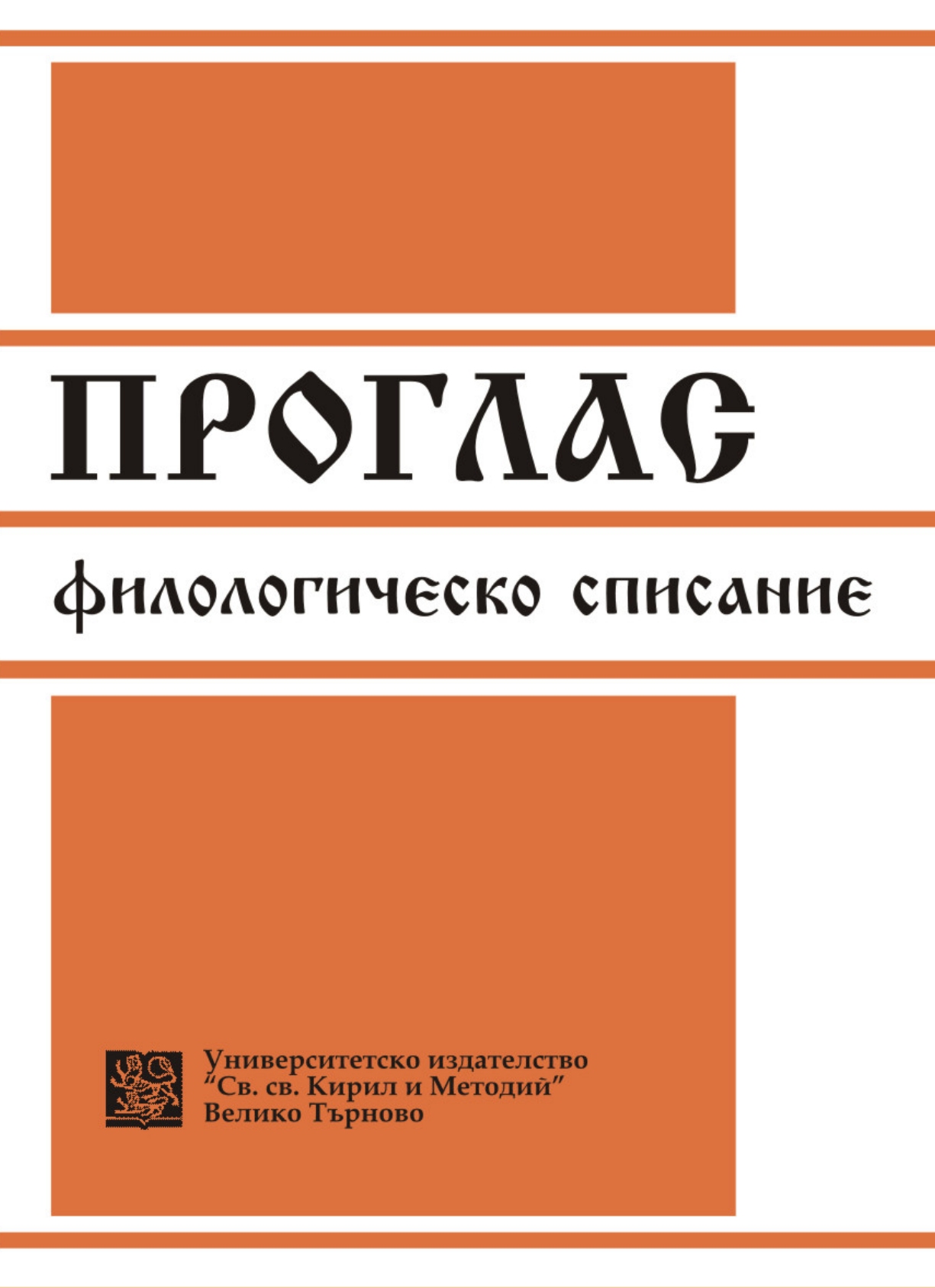Синтактико-семантични типове и лексико-семантични модели сложни думи в Старобългарски език (върху материали от Йоан-Екзарховия превод на "Богословие"
Syntactical-Semantic Types and Lexical-Semantic Models of The Composita in Old Bulgarian (Based on The John-Exarch’s Translation of “De Fide Orthodoxa”)
Author(s): Tatyana IlievaSubject(s): Language and Literature Studies, Theoretical Linguistics, Semantics, Historical Linguistics, Translation Studies
Published by: Великотърновски университет „Св. св. Кирил и Методий”
Keywords: composition models; Old Bulgarian; John-Exarch’s translation of “De fide orthodoxa”
Summary/Abstract: In the article are analised any syntactical-semantic types and lexicalsemantic Models of the Composita in Old Bulgarian, based on the John-Exarch’s translation of “De fide orthodoxa” (so called Nebessa). The Author concludes, that the composition models in Nebessa (on the basis of first or second component) can be seen also in the other COBM. The fact that the vocabulary of Nebessa stands close to the vocabulary of other COBM is obvious not only in concrete coinciding of lexemes, but also in the common word-building of the compositions (one and the same first and second components and one and the same suffixes). New compositional variants that we see in John Exarch’s text fill in the gaps in the lexical-semantic paradigms of the compositional models that the lexicographic tradition knows from earlier or later monuments. The first semantic correspondence in a number of couples of Greek and Slavonic lexemes even in cases of variability in the forms testifies to an established standard of translation, to a uniformity of the principles of translation.
Journal: Проглас
- Issue Year: 22/2013
- Issue No: 1
- Page Range: 130-145
- Page Count: 16
- Language: Bulgarian, Old Bulgarian

